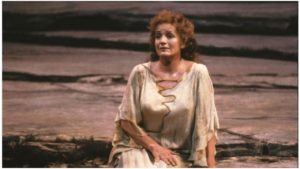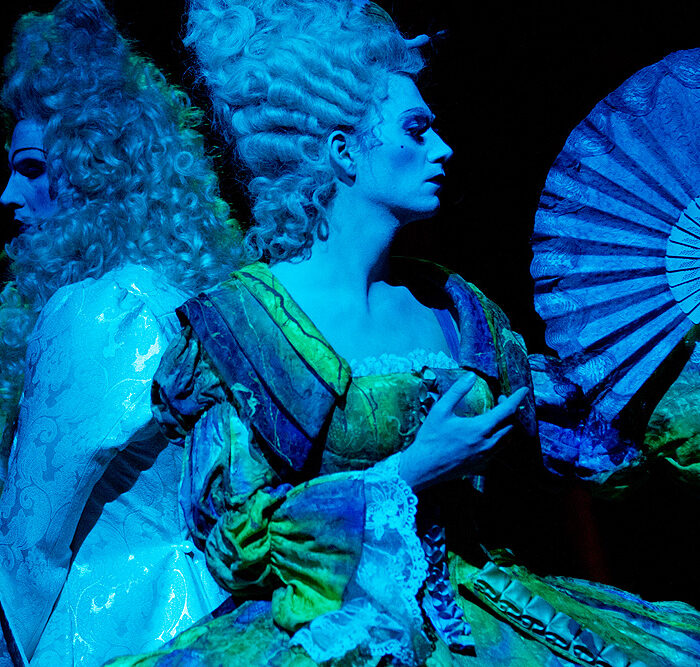
Artist Profile: Soprano Hildegard Behrens, A Dominant Wagner & Strauss Interpreter
By David SalazarHildegard Behrens, born on Feb. 9, 1937, was one of the great exponents of the dramatic German repertory in the late 20th century.
Born in Varel, Germany, she actually kicked off her professional life in Law School before eventually turning her attention to singing. She attended the Freiburg Academy of Music and made her debut in “Le Nozze di Figaro,” as the Contessa, in 1971. From there she became a member of the Deutsche Oper and in 1976, she made her American debut at the Metropolitan Opera.
During the 1975-76 season at the Deutsche Oper am Rhein, she impressed Herbert Von Karajan with her “Salome” and he invited her to take on the Strauss opera at the 1977 Salzburg Festival.
Her career took off from there and she was a fixture all around the world, appearing at the Royal Opera House (she had debuted there before Salzburg), the Bayerische Staatsoper, the Teatro Colón, and the Vienna Staatsoper, among many more.
She was Leonard Bernstein’s choice for his recording of “Tristan und Isolde” and would win three Grammy Awards for Best Opera Recording, all with the Metropolitan Opera. She also won the Lotte Lehmann Ring and the Leonie Sonning Music Prize in 1999. Two opera companies also bestowed on her the title of Kammersängerin (Vienna State Opera and Bavarian State Opera).
She died at age 72 from an aortic aneurysm.
Signature Roles
Behrens was arguably the greatest interpreter of German dramatic repertory of her time. She dominated the operas of Wagner and Strauss throughout the 1980s and 1990s that no one else of that era could. She was the Brünnhilde of her time, performing the role around the world. Behrens famously learned the three final operas of the cycle at the same time because she saw the “Ring” as a complete organic drama. As a result, her first Brünnhilde was performed as part of an entire Cycle at the Bayreuth Festival in 1983. Her triumph was so great that she performed the “Ring” at Bayreuth over the next three straight summers.
She famously performed the role at the Met as well, debuting Otto Schenk’s famed production and recording it later on.
In her NY Times obituary, Anthony Tommasini wrote, “In her prime she was a complete vocal artist, a singer whose warm, textured voice could send phrases soaring. Her top notes could slice through any Wagner orchestra.”
But Wagner was not only her calling card. She was also a renowned Strauss interpreter and her “Elektra” remains a touchstone from recent years. Her famed performance from 1994 at the Met was also released on video.
Read More on Behrens
The President of the Hildegard Behrens Foundation Remembers the Soprano
Watch and Listen
Here are some clips of the soprano from a wide range of repertory.
And here is a recording of “Eletrka,” one of her most famous roles.
Categories
Opera Wiki

